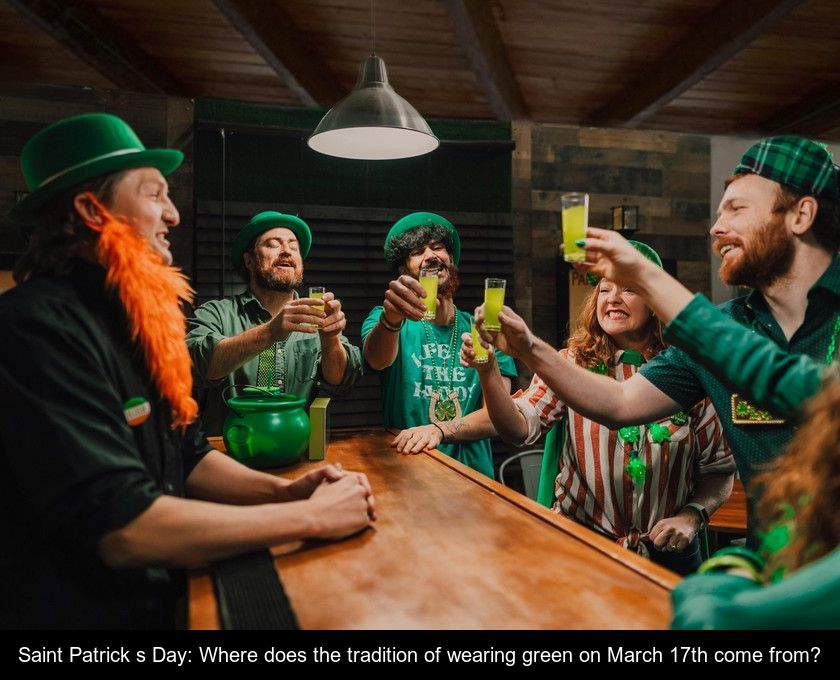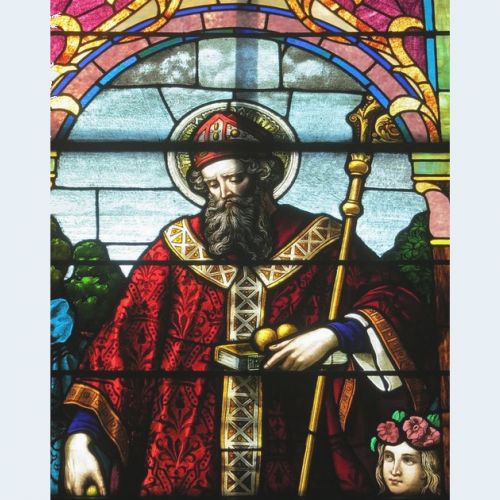Saint Patrick's Day: Where Does The Tradition Of Wearing Green On March 17th Come From?
Every year, on March 17th, the Irish dress in green to properly celebrate their national holiday. But do you know where the tradition of wearing green for St. Patrick's Day comes from? We are going to explain why this particular color is associated with the most important Irish celebration.
Originally, the color of St. Patrick's Day was not green.
March 17th is an important date for all Irish people. Saint Patrick's Day is indeed the national holiday of Ireland and a public holiday in the country.
This event is celebrated all over the Emerald Isle and around the world by partying with friends, drinking Guinness, and dressing in green clothing. On this occasion, it's common to dress up as an Irish leprechaun and wear a shamrock, which is another symbol of the country.
However, originally, the color associated with Saint Patrick's Day was not green but blue! In fact, the Order of Saint Patrick, an Anglo-Irish chivalric order, chose blue as its flag color when it was established in 1783. Blue is the historical color of Ireland and appears on ancient Irish flags. There's even a shade called Saint Patrick's blue.
It was in the 18th century that green was adopted.
It was at the end of the 18th century that the Irish adopted green as their emblematic color. At that time, the country was occupied by the British who were fighting against the Society of United Irishmen.
As the flag of the Society of United Irishmen was green, this color became a symbol of resistance against the occupier. During this period, people who wore green were persecuted by the English.
When the British occupation ended in 1921, the Irish naturally decided to adopt green as their national symbol. This choice was all the more relevant as their country is known for its verdant landscapes!
Today, green is inseparable from the Emerald Isle.
Green has become the emblematic color of Ireland today, partly because of another symbol of the country: the shamrock. The shamrock turned into a national emblem of the island in the 18th century, as a tribute to Saint Patrick who is said to have used this three-leafed plant to explain the concept of the Holy Trinity to the Irish people.
Irish people also wear green on March 17 to celebrate the arrival of spring and the green landscapes of their Emerald Isle. In summary, even though blue has remained an important color in Ireland, it is green that takes center stage on Saint Patrick's Day!
Moreover, on the day of the Irish national holiday, nearly 700 monuments around the world light up in green. This initiative called Global Greening was launched by the Irish Tourism Office in 2009, with the sole purpose of celebrating Ireland across the globe. In France, the city of Paris has not hesitated to dress some of its most famous monuments in green, such as the Moulin Rouge and the Sacré-Cœur.
Wherever you are, you too can celebrate this holiday and connect with Irish culture by donning your finest green attire and preparing a green drink like a Green Leprechaun cocktail or a delicious non-alcoholic Shamrock shake.











